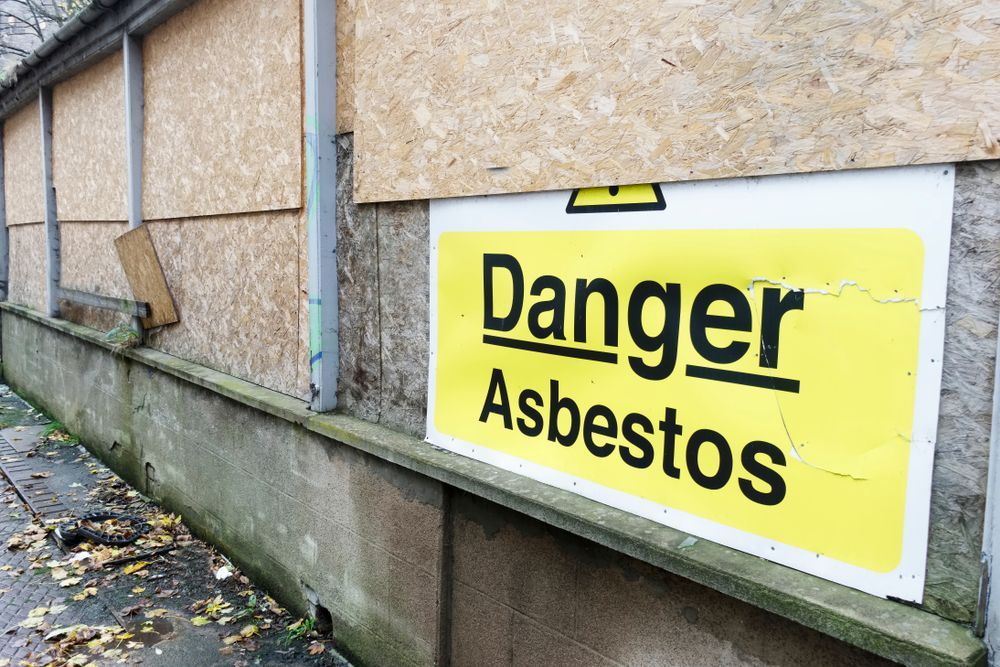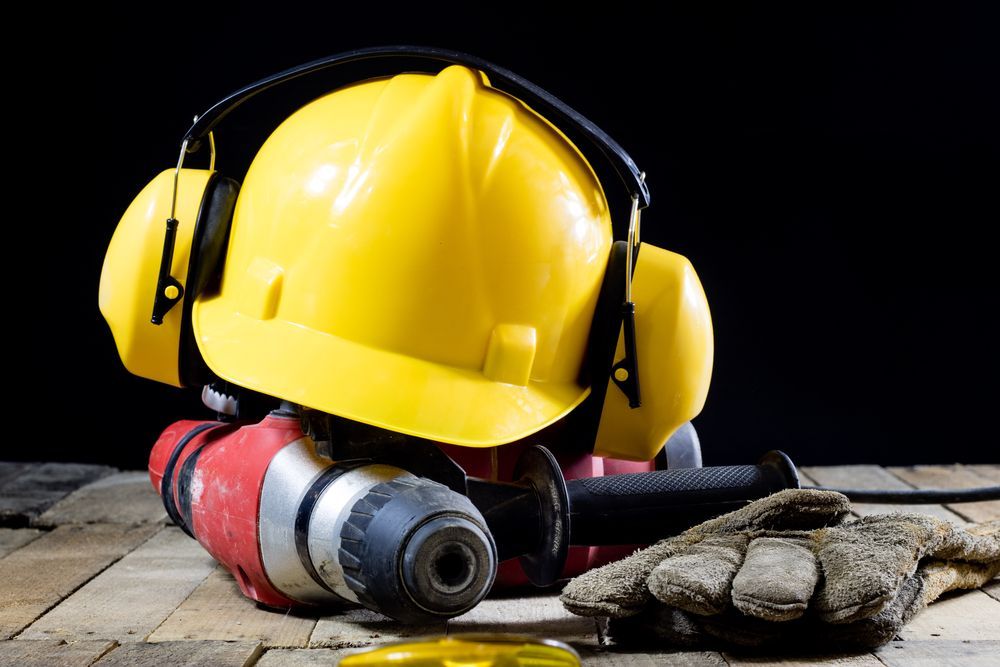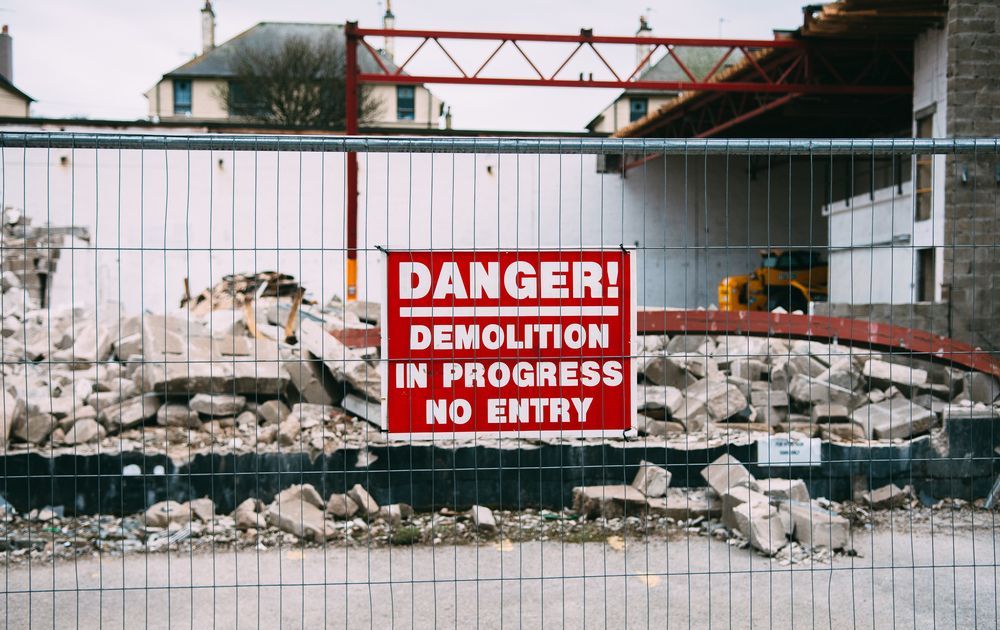Asbestos and Demolition: What are the Risks?
Share this article:

When many people initially think of safety threats during
demolition, falling debris, falls from elevated work surfaces, or electrical shock may initially come to mind.
However, there’s a potential unseen threat that could be literally hiding in the walls and ceilings of many older buildings – and it could pose dire long-term health consequences if it’s disturbed and inhaled on the project.
Asbestos is a name for several minerals that were once popular in building products. In this post, we’ll cover the basics behind what asbestos is, why it’s such a danger, and the link between asbestos and demolition. Here’s a closer look at what you need to know:
What is Asbestos?
Asbestos is a name that’s been given to naturally occurring minerals comprised of small fibers. Known for its strength, heat resistance, and affordability, asbestos was a popular ingredient in building materials from the 1930s through the 1970s. However, it has been used sparingly since, as it has become synonymous with many health issues.
Some common asbestos-containing materials once included floor tiles, ceiling tiles, insulation, siding and roofing materials, gasket materials, and cement sheeting, among others. Certain automotive parts, paints, and piping also contained and may still contain asbestos.
When left alone following installation, these asbestos-containing materials are no threat. However, when these building materials are disturbed and the asbestos fibers are released, significant health threats are posed. When inhaled, the fibers may become embedded into lung tissue, which can lead to long-term health effects such as:
- Lung cancer
- Mesothelioma, a form of cancer that develops in the lung’s lining, and around the chest, abdomen, and heart.
- Asbestosis, a progressive, non-cancerous lung disease.
The production of asbestos-containing building materials was largely halted in the 1970s after many of these long-term health effects came to light. Asbestos mining in the United States stopped in 2002. However, unlike in 50 countries around the world, asbestos is not banned in the United States. Noting this, it’s estimated that a small percentage of parts and building materials are still made and sold with asbestos. And asbestos can also pose a health risk during practices such as demolition, where there’s the potential for disruption to asbestos-containing materials.
In the next section, we’ll get into the best practices for demolishing a building with asbestos.
Demolishing a Building with Asbestos
As we said in the above section, asbestos was common in many building materials from the
1930s to the 1970s. Hence, if you’re demolishing a building that was built in this time span, then there’s a good chance that there’s asbestos somewhere in the building. Remember, when left alone, asbestos-containing building materials don’t pose a threat to anyone’s health – it’s when they’re disturbed and fibers release into the air or environment that they become a health hazard. During demolition, such materials are often broken as they’re removed, which can release the fibers into the air.
So how do you go about demolishing a building that has asbestos? It all starts with following the regulatory requirements.
The National Emission Standards for Hazardous Air Pollutants (NESHAP) have specific standards and guidelines that require asbestos-containing materials to be properly identified in most buildings set for the wrecking ball. There are also various state and local regulations that likely need to be adhered to. These are all designed to protect the health of the workers that are doing the demolition and the health of the general public around the demolition site as well.
Any demolition should start with a thorough and proper inspection – and it’s during these inspections that asbestos should be identified. In some cases, asbestos may be able to be remediated prior to demolition if asbestos-containing materials are sparse throughout a development. In this situation, a professional asbestos remediation firm will come in and perform the necessary practice to industry standards.
In other situations where asbestos cannot be safely removed or segregated and tends to be more widespread, demolition is done a bit more strategically. Structures are typically knocked down wall by wall to prevent excess breakage of asbestos-containing materials, water is used to knock down any airborne fibers, workers wear proper PPE such as respirators to prevent inhalation of the asbestos fibers, and debris is removed safely and appropriately from the site. Asbestos is considered hazardous waste and should be labeled appropriately when it is discarded.
Asbestos and Demolition Risks
As noted throughout this piece, asbestos-containing materials are only a health risk if they become disturbed and release the asbestos fibers into the air or environment. With demolition, the risk of disturbing any asbestos-containing fibers is significant. This underscores the importance of a thorough inspection and properly identifying any asbestos-related materials prior to demolition beginning. Failure to do so isn’t just in violation of federal, state, and local standards and regulations, but it could also put workers at significant risk of exposure.
What Should You Do If a Building has Asbestos?
If a building was constructed between 1930 and 1970, then there’s a good chance it has some asbestos-containing materials within it. In other words, asbestos is fairly common. However, it’s important to remember that it’s only a risk when asbestos-containing materials are disturbed. That’s why asbestos remediation must be done before any major renovations or remodeling in a building where it exists. Asbestos exposure can also become a threat if materials are disturbed by fire, flood, or earthquake. And it’s important to take
proper measures to safeguard workers and the general public with a building that is slated to be demolished.
It’s not necessarily a reason to panic if a building is found to have asbestos-containing materials. It’s more common than you probably think. It’s just important to take the
proper steps if the materials become disturbed or if the building is going to be undergoing certain activities – like demolition – where they become disturbed.
Contact Us Today
For more information on asbestos and demolition,
contact us today.



